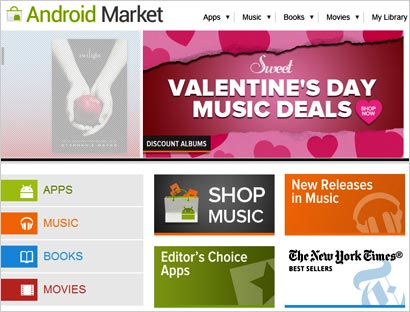
The app train keeps moving, although the arrival of HTML5 will help ease (but not halt) the acceleration we have seen in recent years, says Juniper Research in a new study. The
UK researchers argue that worldwide revenues from apps (excluding ad revenues) will reach $51.74 billion in 2016 -- more than double the $22.4 billion generated in 2011 and up sharply from the $29.6
billion expected this year.
The rise of smartphones is the driver behind the growth, although a large portion of apps downloaded in the world today still go to feature phones. Juniper observes
that smartphones are responsible for much of the revenue from apps (71% in 2011), while older handsets only realized 21% of overall app revenues despite their high volumes. At the same time, tablets
will be an important new source of revenue in apps in the coming years, soaring from 7% of revenue in 2011 to 25% by 2016.
advertisement
advertisement
The app ecosystem has radically disrupted the traditional
carrier’s model and placed itself between the network operator and the consumer. Whether -- and how -- carriers reintroduce themselves into this relationship is an open question, the report
argues.
The new regime offers a number of third-party app stores that have created their own direct-to-consumer relationships. While only a handful of stores like Handango and Motricity
existed a couple of years ago, dozens now vie for attention.
The Juniper report finds that while Apple leads the pack with 380,000 paid apps and 160,000 free apps, Android offers 130,000 paid
and 270,000 free, BlackBerry App World, 40,000 paid and free apps; and Nokia’s Ovi Store, 90,000 apps. But also in market are LG with 4,000 apps, China’s Mobile Market (4,000), and
Samsung’s store (5,700 paid and 3,200 free), Airtel App Central (103,000), Opera App Store (33,000) and Windows Marketplace (22,000 free, 18,000 paid), by their counts.
At the same time,
however, the app world is being pressured by the popularity of HTML5 to cut out the app store as middleman. Juniper argues in a video whitepaper accompanying the report that the HTML5-powered mobile
Web presence may not be the best course for all developers and publishers. It theorizes that the larger media companies like FT and its HTML5 site will benefit most from direct-to-consumer models.
These companies have existing scale online and a Web footprint that can be leveraged effectively in moving customers to an HTML5 mobile site.
Small and medium-sized players may fare better
within the app environment because it gives them greater distribution and potential visibility in acquiring new users. HTML5 may help app growth rates reach their peak soon, Juniper says -- but it
will not undermine the app economy, especially in emerging markets.